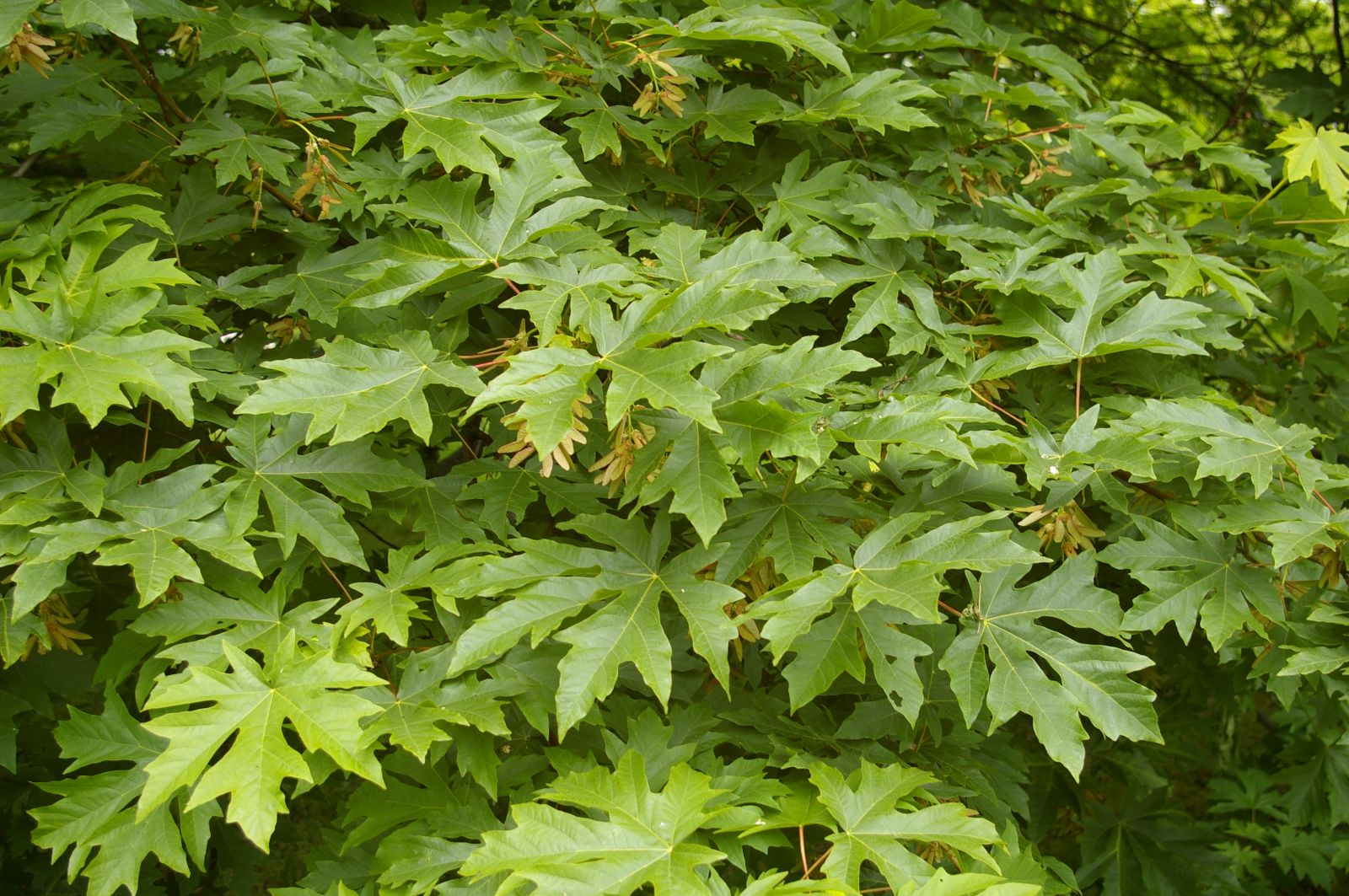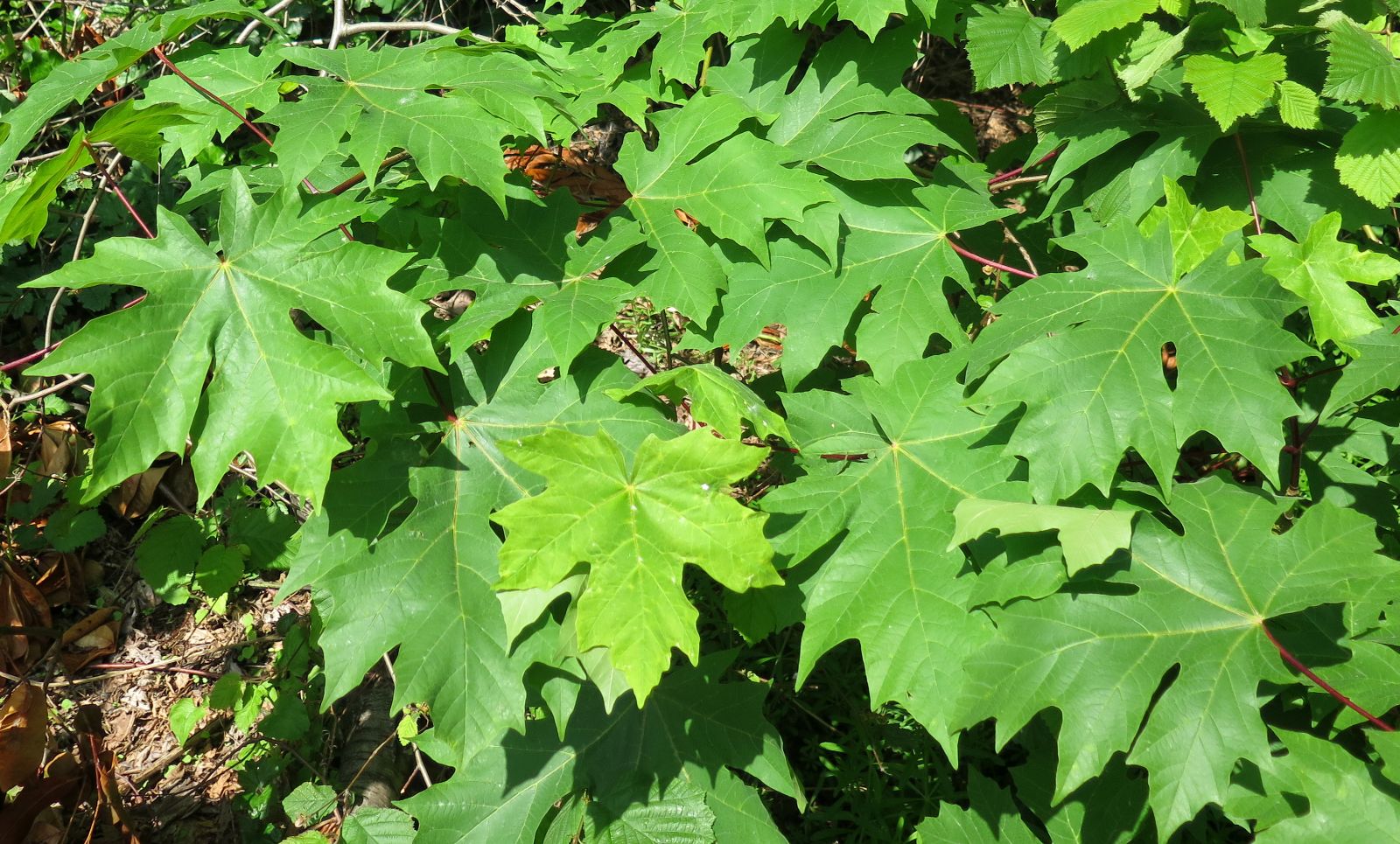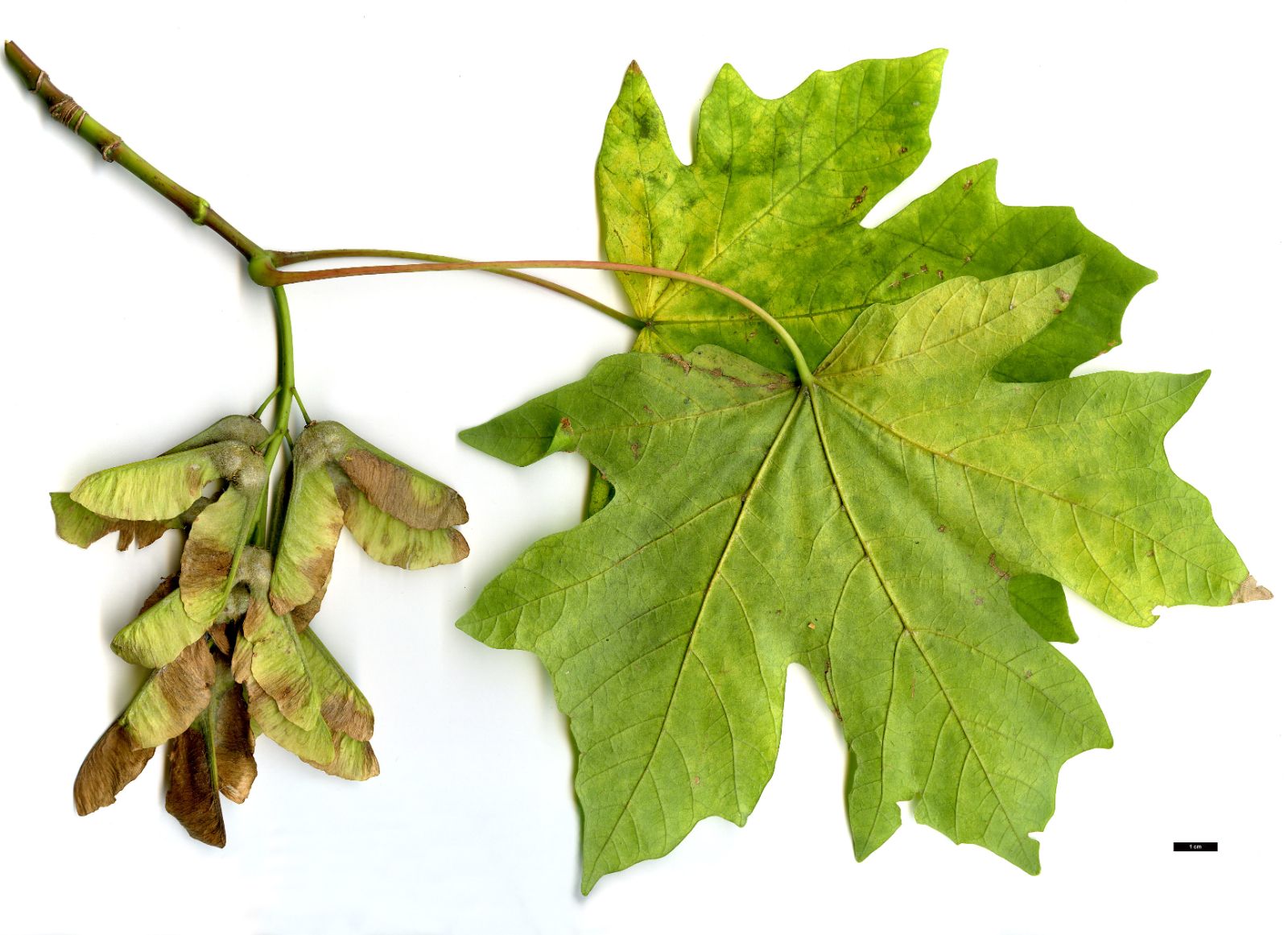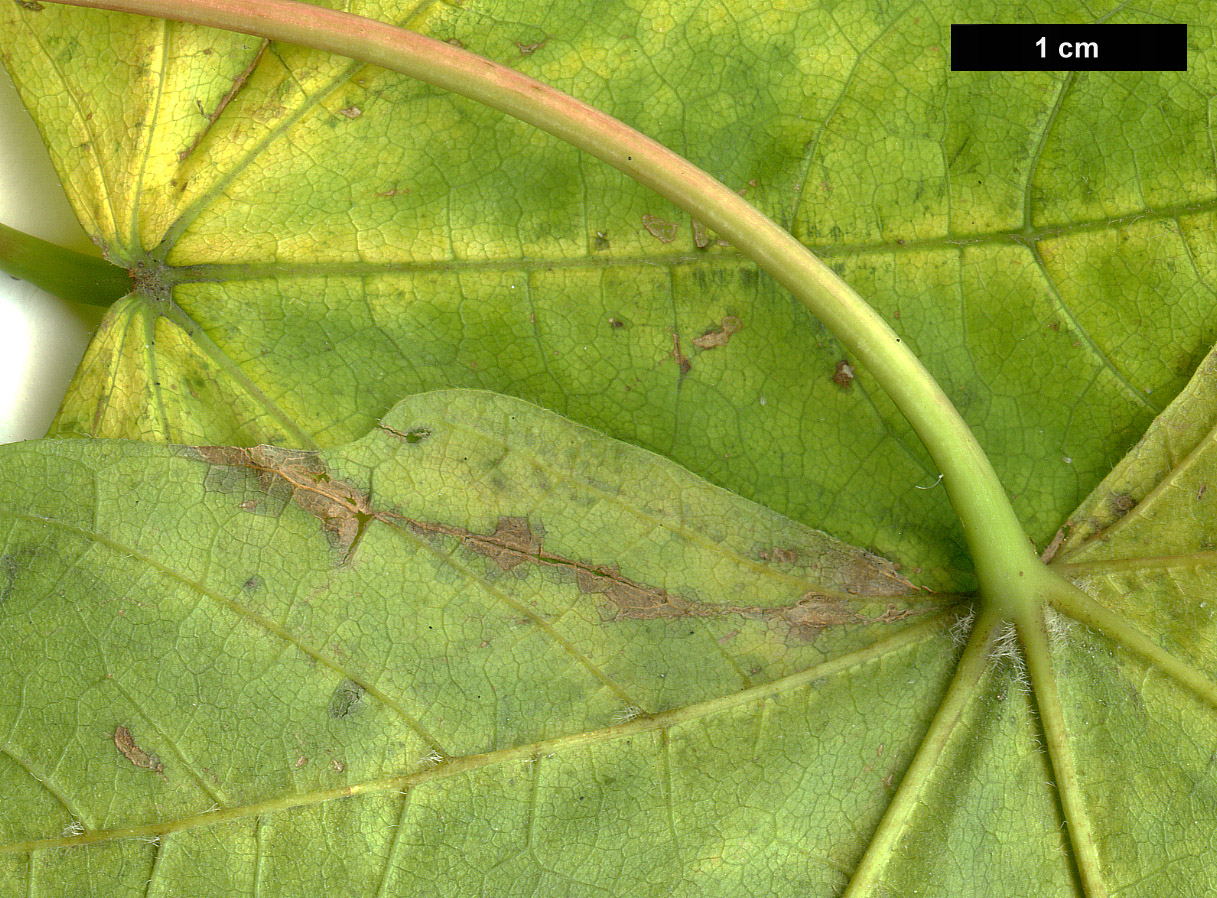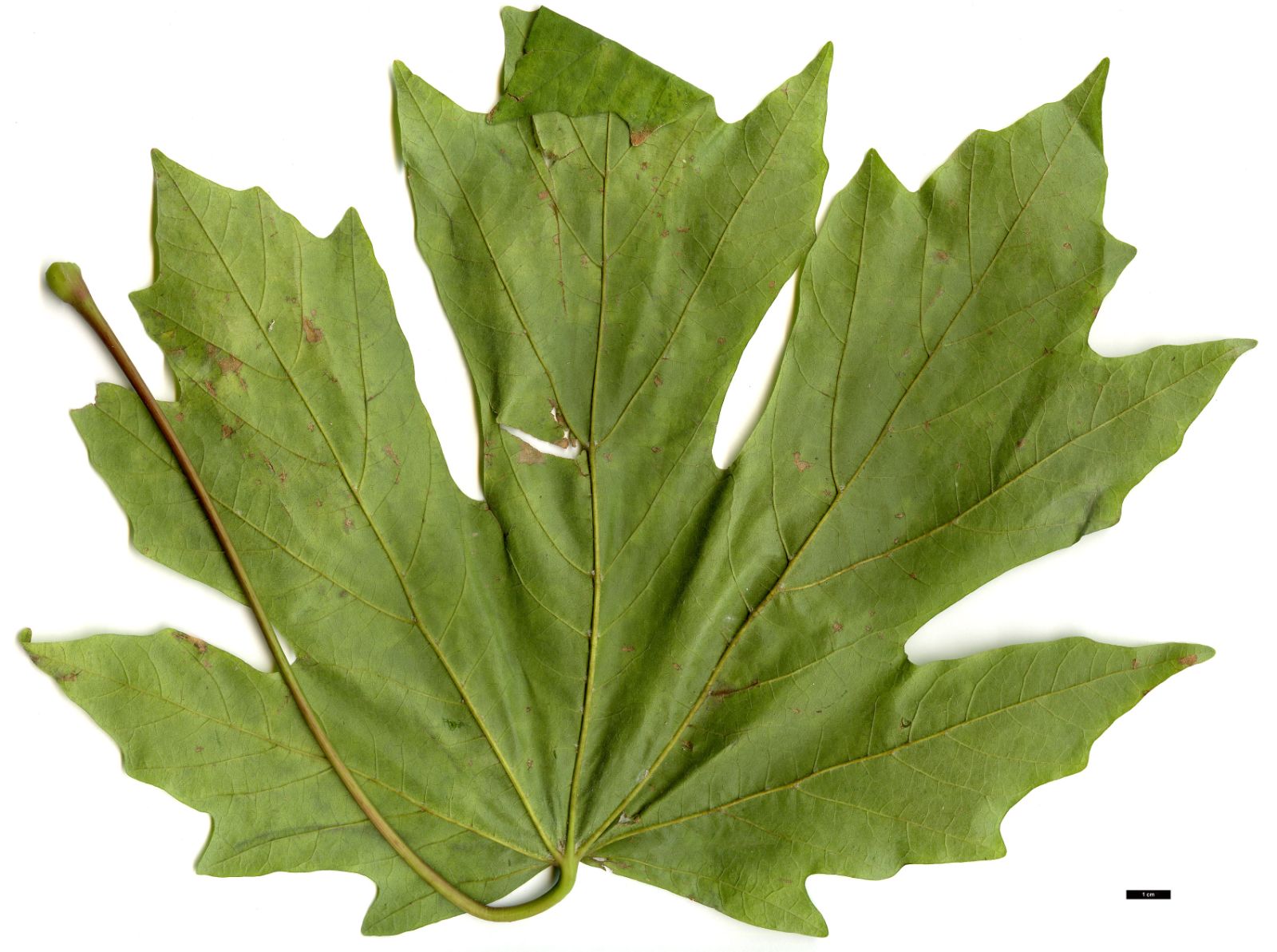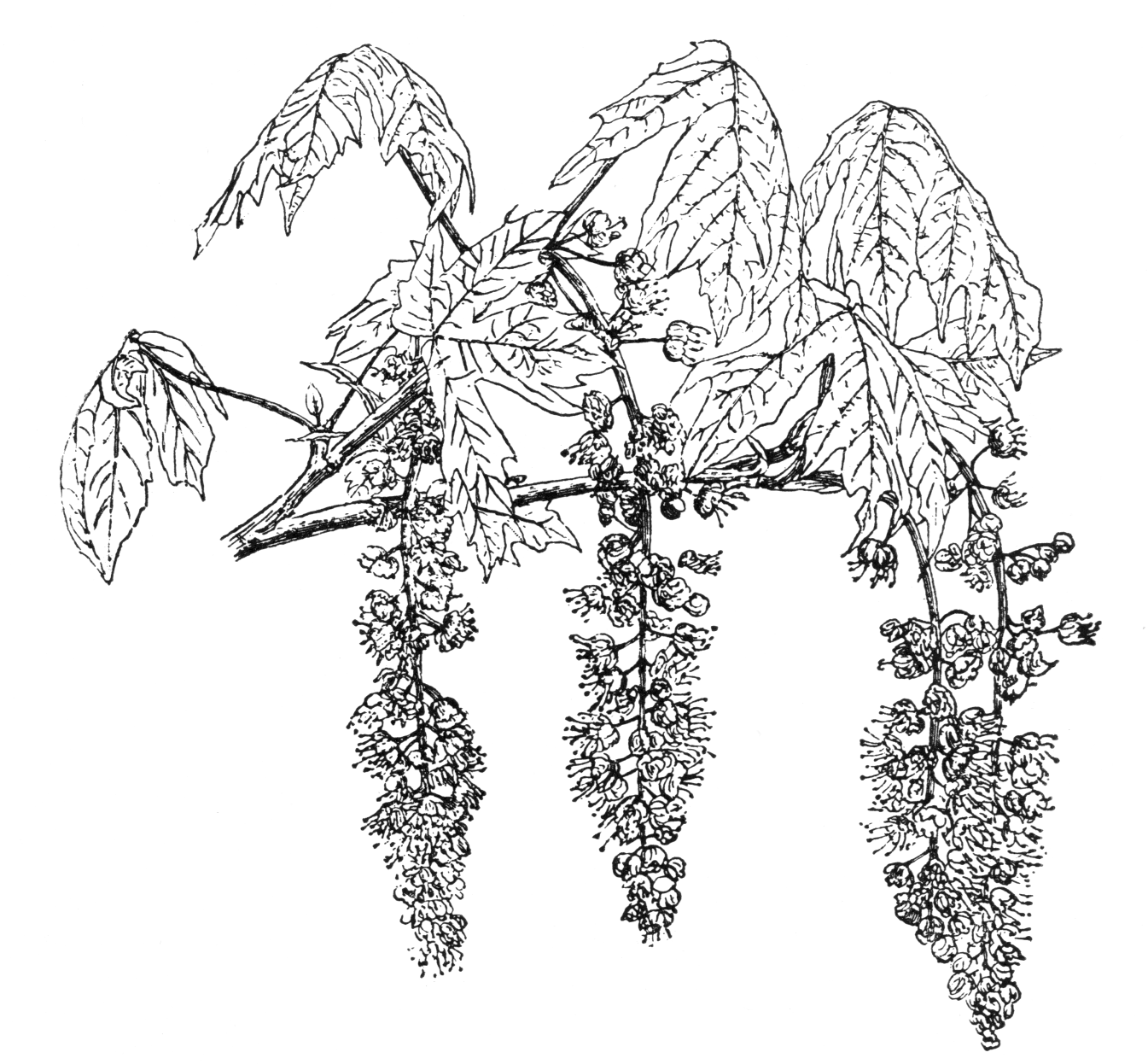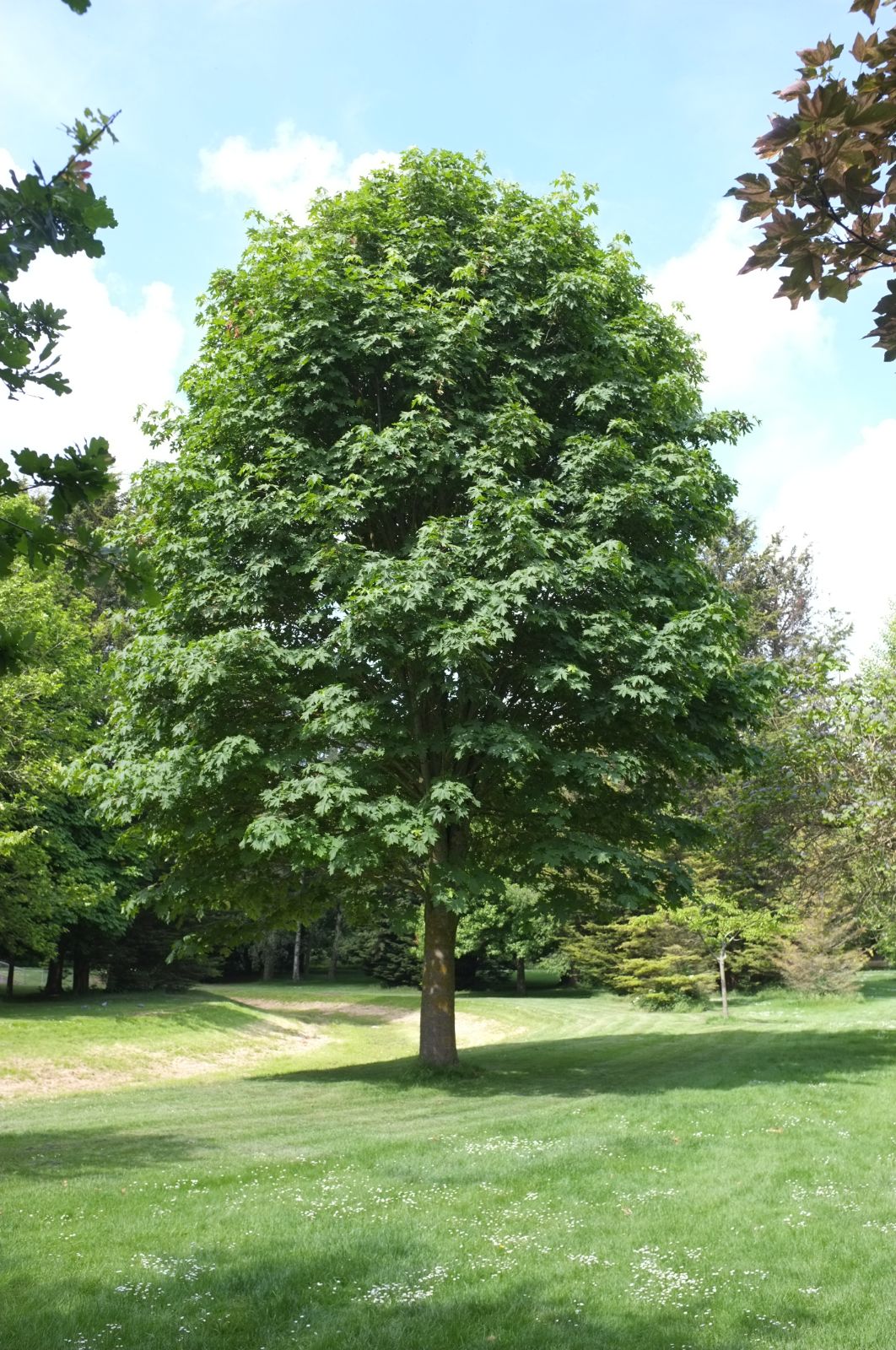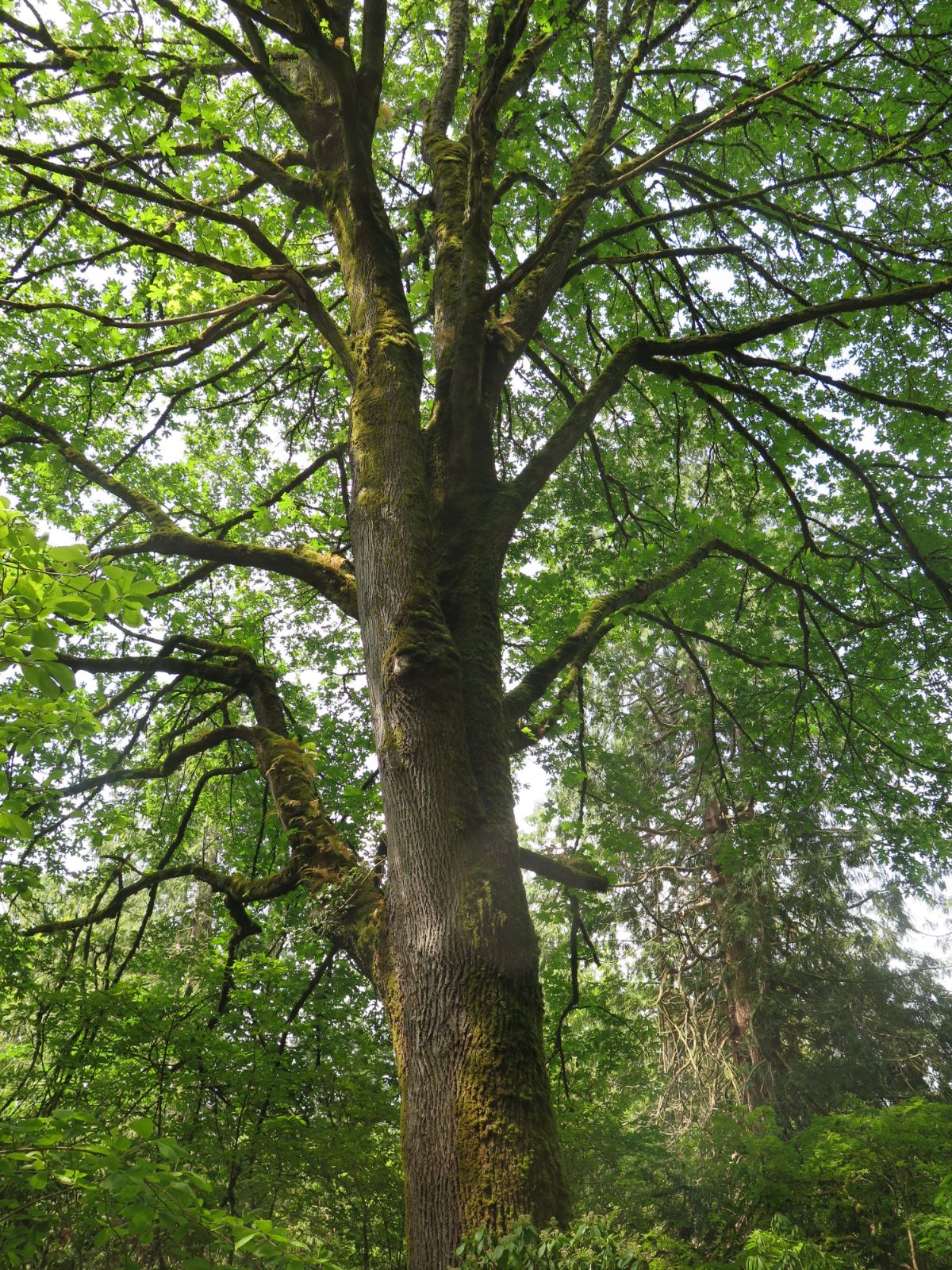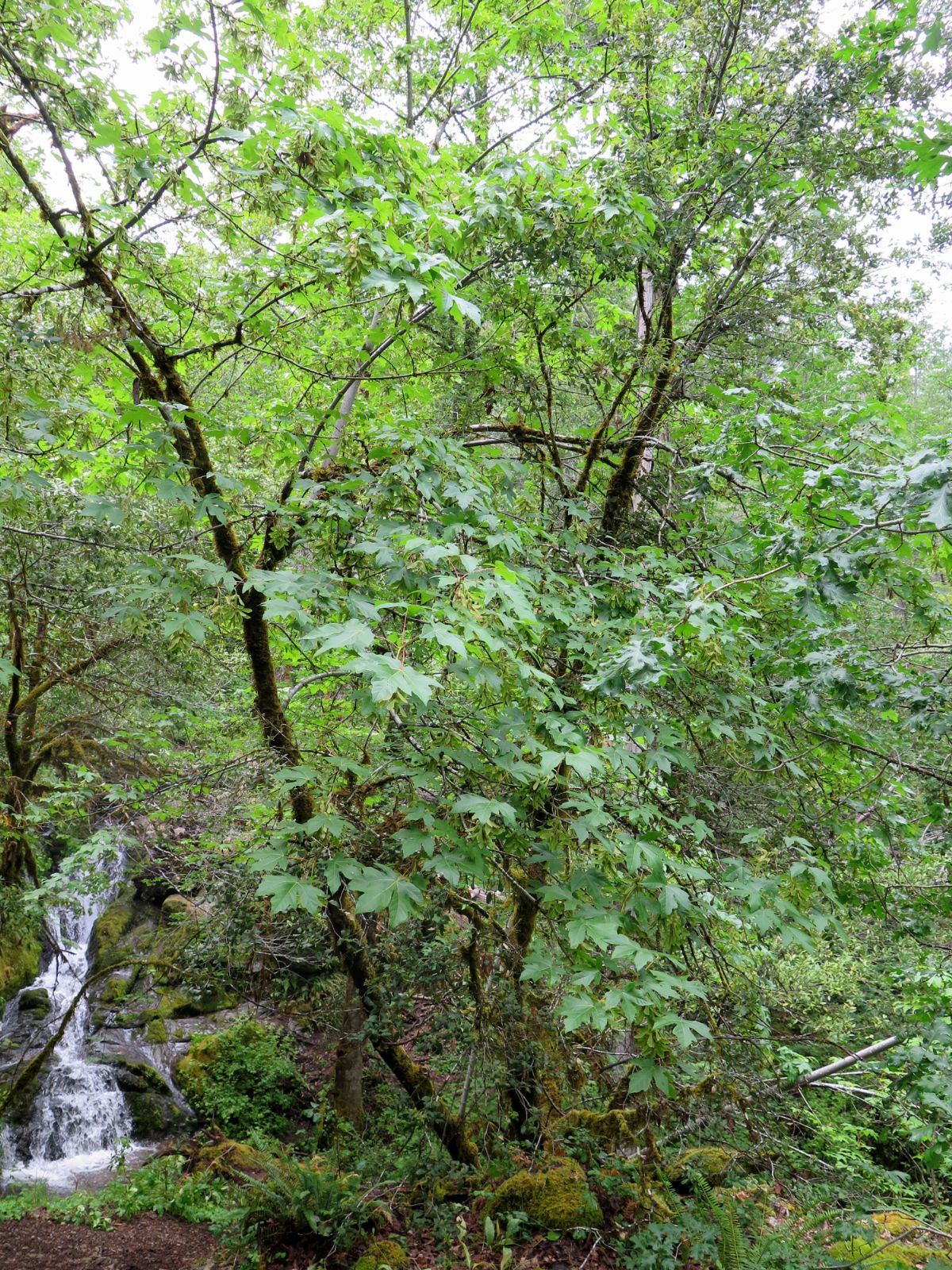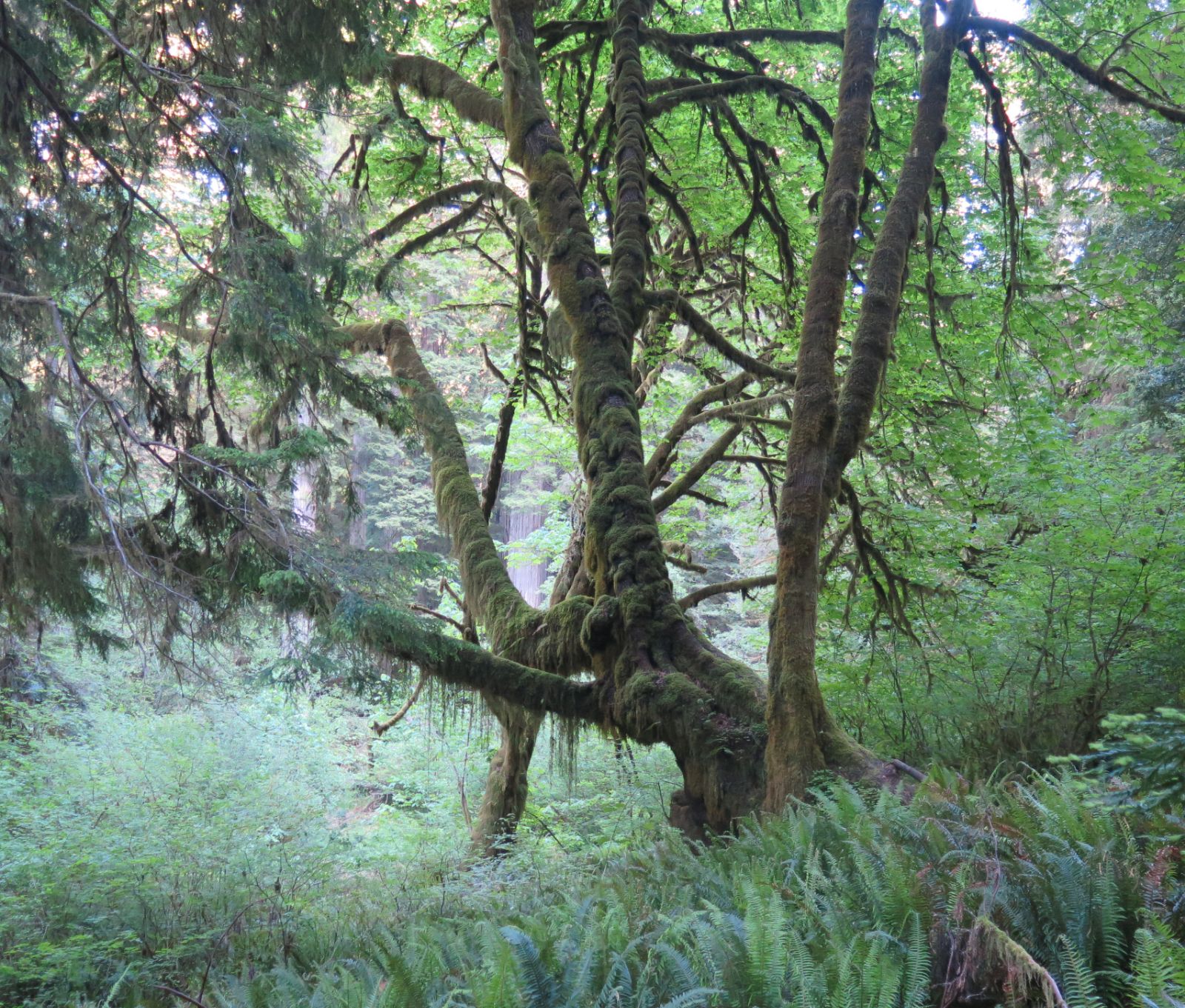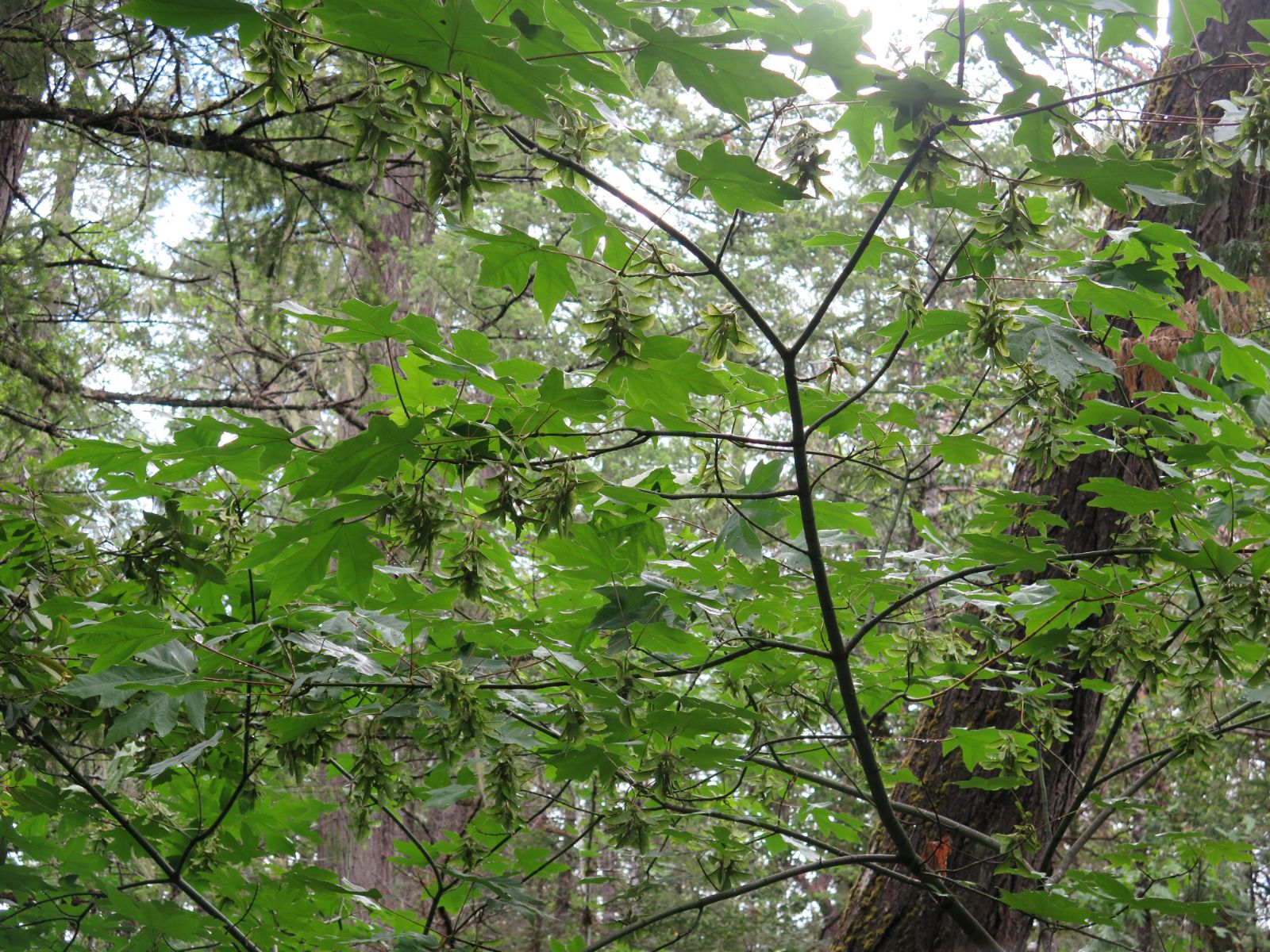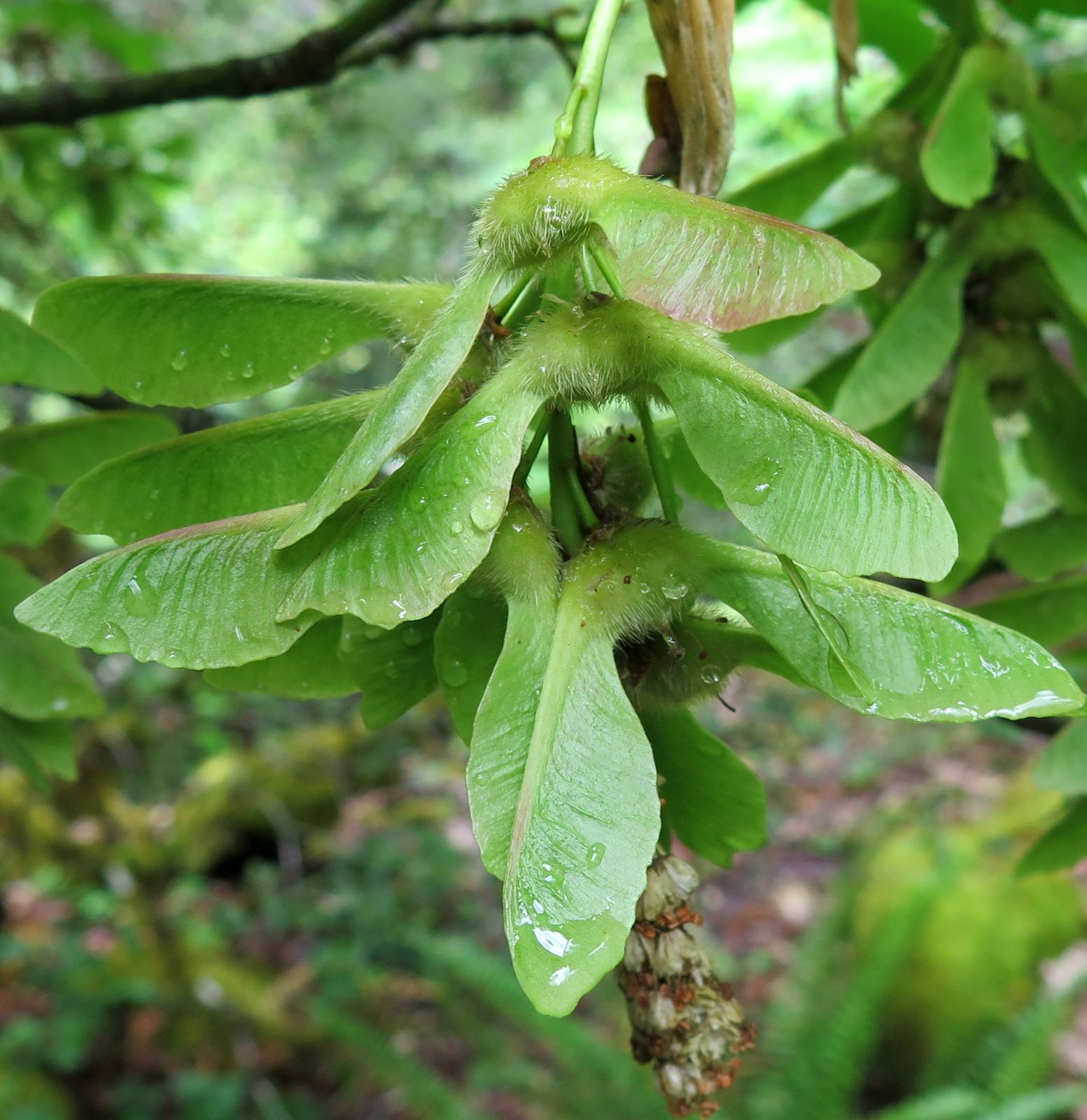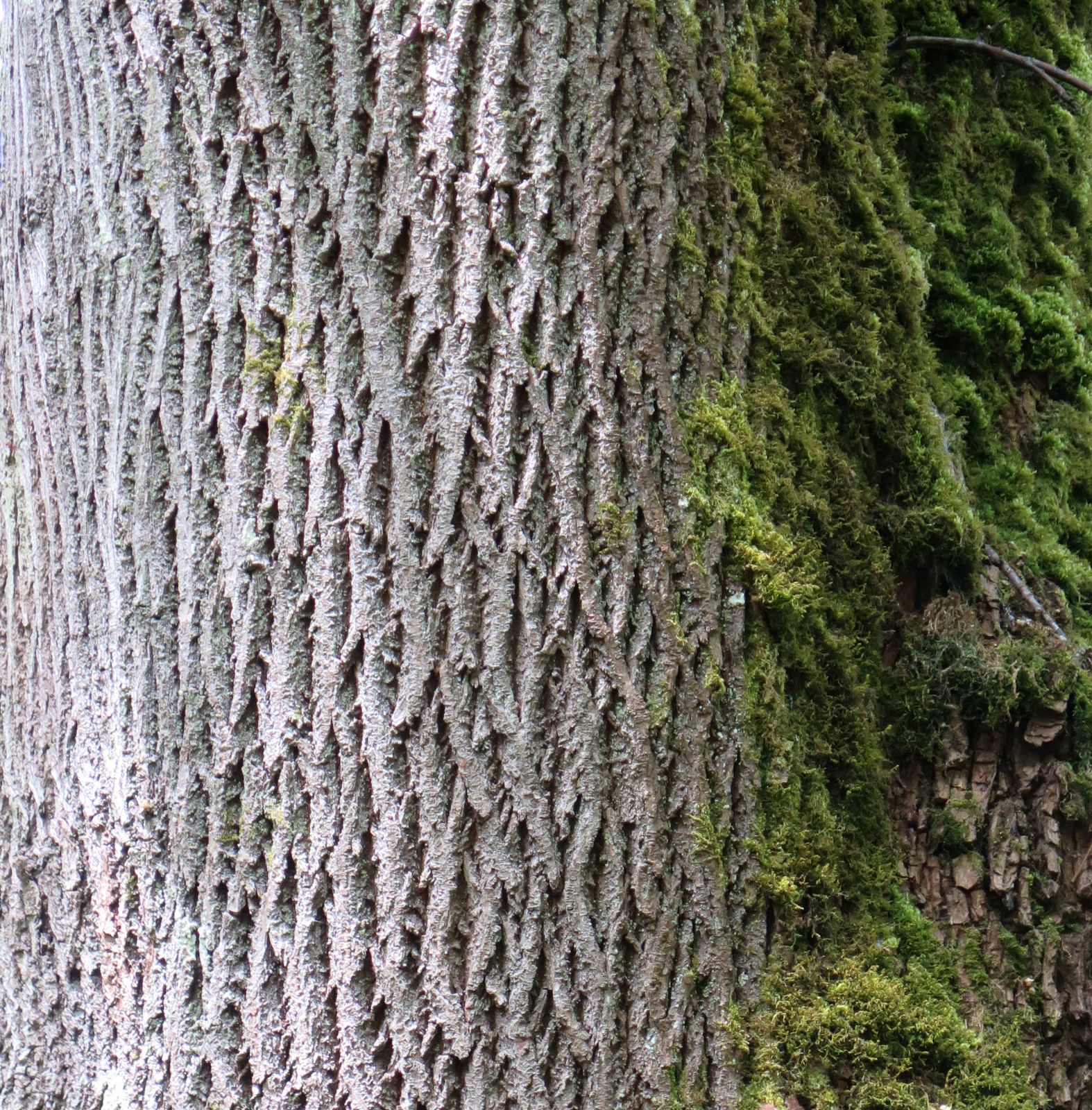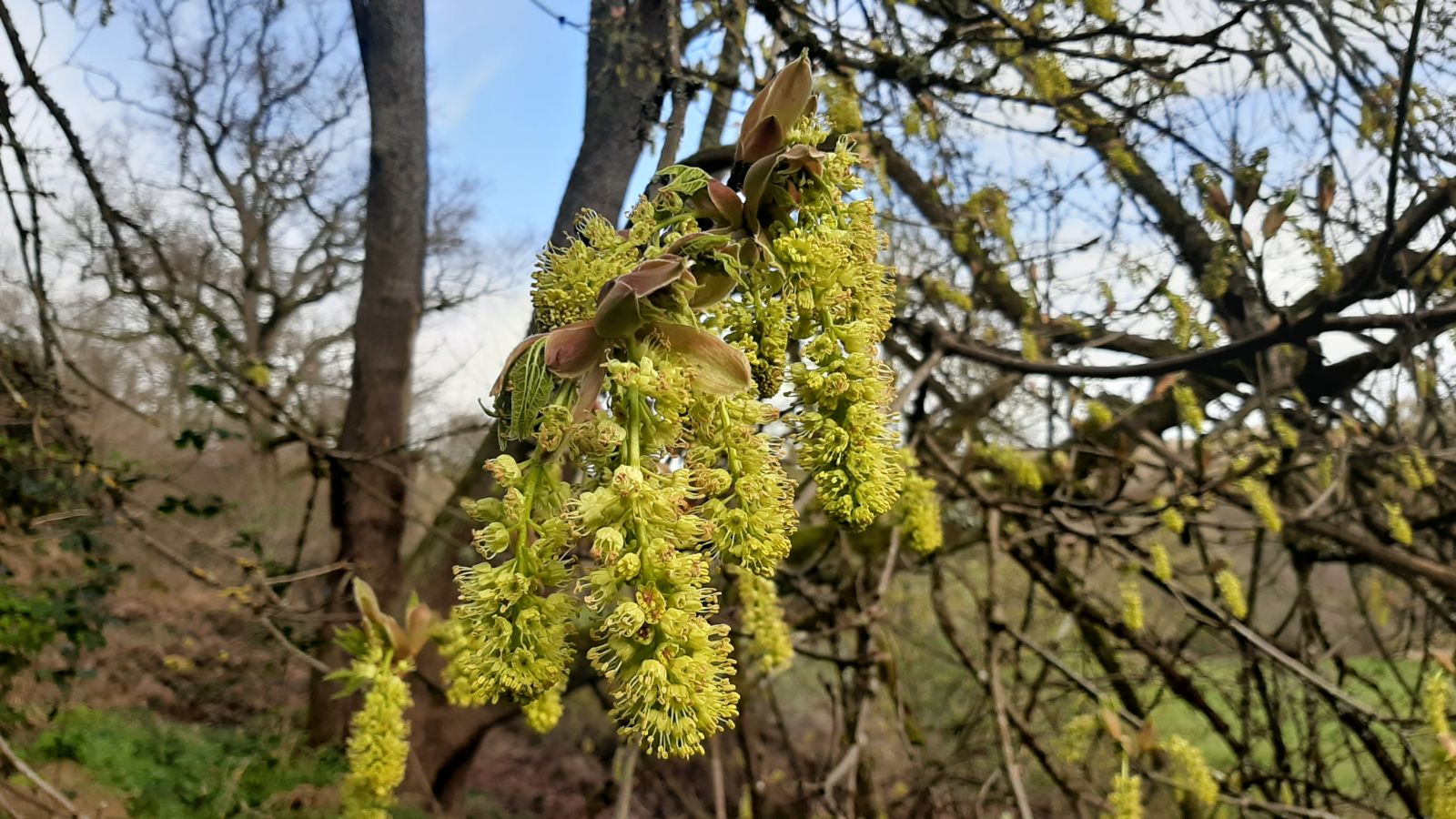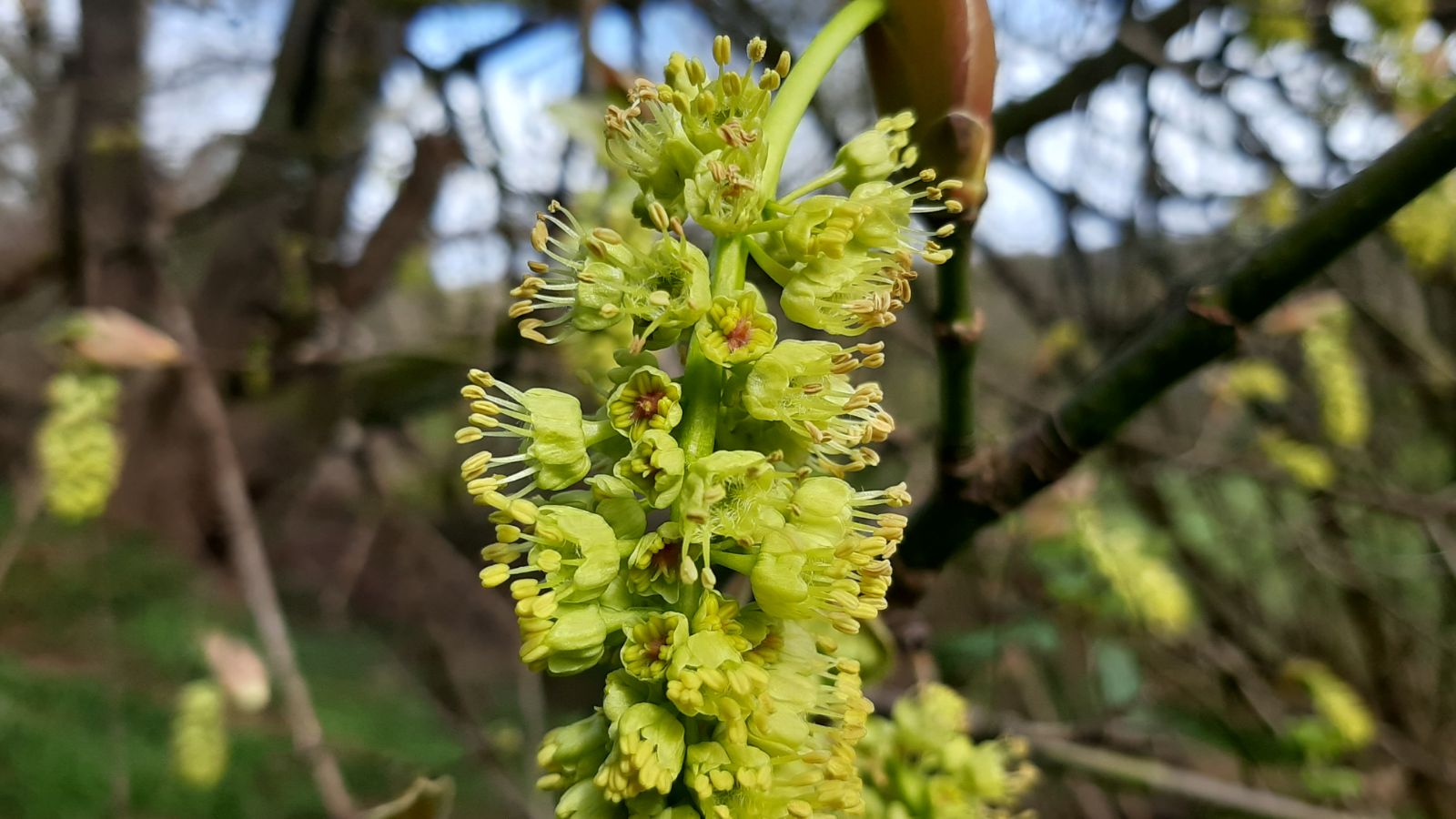Acer macrophyllum
Sponsor
Kindly sponsored by
a member of the International Dendrology Society
Credits
Article from Bean's Trees and Shrubs Hardy in the British Isles
Recommended citation
'Acer macrophyllum' from the website Trees and Shrubs Online (treesandshrubsonline.
Genus
Common Names
- Oregon Maple
Other taxa in genus
- Acer acuminatum
- Acer amplum
- Acer argutum
- Acer barbinerve
- Acer buergerianum
- Acer caesium
- Acer calcaratum
- Acer campbellii
- Acer campestre
- Acer 'Candy Stripe'
- Acer capillipes
- Acer cappadocicum
- Acer carpinifolium
- Acer 'Cascade'
- Acer caudatum
- Acer ceriferum
- Acer chapaense
- Acer chienii
- Acer circinatum
- Acer cissifolium
- Acer × conspicuum
- Acer cordatum
- Acer coriaceifolium
- Acer × coriaceum
- Acer crataegifolium
- Acer davidii
- Acer diabolicum
- Acer distylum
- Acer divergens
- Acer duplicatoserratum
- Acer elegantulum
- Acer erianthum
- Acer 'Esk Flamingo'
- Acer fargesii
- Acer fenzelianum
- Acer flabellatum
- Acer forrestii
- Acer franchetii
- Acer × freemanii
- Acer fulvescens
- Acer 'Gimborn'
- Acer ginnala
- Acer glabrum
- Acer 'Gold Coin'
- Acer granatense
- Acer grandidentatum
- Acer griseum
- Acer heldreichii
- Acer henryi
- Acer × hillieri
- Acer hookeri
- Acer hyrcanum
- Acer japonicum
- Acer kawakamii
- Acer komarovii
- Acer laevigatum
- Acer laurinum
- Acer laxiflorum
- Acer lobelii
- Acer longipes
- Acer mandshuricum
- Acer maximowiczianum
- Acer maximowiczii
- Acer metcalfii
- Acer miaotaiense
- Acer micranthum
- Acer 'Mindavi'
- Acer 'Minorient'
- Acer miyabei
- Acer miyabei × campestre
- Acer monspessulanum
- Acer morifolium
- Acer 'Mozart'
- Acer oblongum
- Acer obtusifolium
- Acer okamotoanum
- Acer oliverianum
- Acer opalus
- Acer orientale
- Acer palmatum
- Acer papilio
- Acer pauciflorum
- Acer pectinatum
- Acer pensylvanicum
- Acer pentaphyllum
- Acer pentapotamicum
- Acer pictum
- Acer pilosum
- Acer pinnatinervium
- Acer platanoides
- Acer platanoides × amplum
- Acer platanoides × truncatum
- Acer × pseudoheldreichii
- Acer pseudoplatanus
- Acer pseudosieboldianum
- Acer pubinerve
- Acer pycnanthum
- Acer rubescens
- Acer rubrum
- Acer rufinerve
- Acer saccharinum
- Acer saccharum
- Acer sempervirens
- Acer 'Serpentine'
- Acer serrulatum
- Acer shenkanense
- Acer sieboldianum
- Acer sikkimense
- Acer 'Silver Cardinal'
- Acer 'Silver Ghost'
- Acer sinense
- Acer sinopurpurascens
- Acer spicatum
- Acer stachyophyllum
- Acer taronense
- Acer tataricum
- Acer tegmentosum
- Acer tenellum
- Acer tetramerum
- Acer tibetense
- Acer tonkinense
- Acer triflorum
- Acer truncatum
- Acer tschonoskii
- Acer turkestanicum
- Acer tutcheri
- Acer ukurunduense
- Acer velutinum
- Acer wardii
- Acer 'White Tigress'
- Acer wilsonii
- Acer × zoeschense
A tree occasionally over 100 ft high, with a trunk 3 or 4 ft in diameter. In young trees the branches are erect, but become more spreading in older ones, forming eventually a compact, rounded head. Branchlets glabrous. Leaves probably the largest among maples, usually from 6 to 12 in. across, and cut more than half-way to the base into three or usually five lobes, each one being again cut into large, triangular minor lobes; ciliate; upper surface glossy green, lower one paler, with tufts of white hairs in the axils of the veins; leaf-stalk containing milky sap. Flowers yellow, scented, produced in April on dense pendulous racemes 4 to 6 in. long, each flower 1⁄3 in. across. Fruits covered with long, pale brown bristles; the wings nearly glabrous, 11⁄2 in. long, 1⁄2 in. wide, diverging at about 90°.
Native of the coast regions of western N. America from S. Alaska to California. It was introduced by Douglas for the Horticultural Society in 1826 or 1827, but had been discovered by Archibald Menzies more than thirty years before. In many respects it is the noblest of maples, and it thrives well in many parts of the British Isles. Owing to the late growth of young trees during mild autumns, they are apt to be cut back in hard winters; but otherwise it is absolutely hardy at Kew, where there are several good specimens. On young trees the leaves are larger, but not so deeply lobed. It flowers and bears seed in great quantities some seasons, and the keys are very frequently in threes instead of the usual pairs. Owing to their hairiness and the great size of the wings, the fruits are particularly striking. The timber is highly valued in N.W. America for furniture and indoor work – more so than that of any other tree of those regions except conifers.
The largest specimens of this maple recorded in recent years are fairly well distributed over the British Isles: Westonbirt, Glos., 75 × 91⁄4 ft (1965); Kew, 67 × 8 ft (1963); Syon House, Middlesex, 65 × 51⁄4 ft (1959); Dawyck, Peebl., 58 × 43⁄4 ft (1966); Tortworth, Glos., 47 × 61⁄2 ft (1966); Hungerford Priory, Wilts, by the cross-roads, 45 × 6 ft (1956). In Ireland there are two large specimens at Trinity College, Dublin; one, in the New Quadrangle, is 50 × 91⁄2 ft, the other, in the Main Quadrangle, 55 ft (estim.) × 10 ft (1966).
From the Supplement (Vol. V)
specimens: Kew, Pagoda Vista, pl. 1947, 46 × 3 ft (1981); Victoria Park, Hackney, London, 54 × 73⁄4 ft (1979); Regent’s Park, London, 56 × 71⁄4 ft (1981); Syon House, London, 69 × 61⁄2 ft (1982); Hollycombe, Liphook, Hants, 79 × 71⁄2 ft (1984); Trebartha, Cornwall, 85 × 73⁄4 ft (1981); Edinburgh Botanic Garden, 82 × 61⁄2 ft (1985); Castle Milk, Dumfr., 72 × 61⁄4 ft (1984); Trinity College, Dublin, 52 × 111⁄4 ft and 50 × 103⁄4 ft (1985).
† cv. ‘Seattle Sentinel’. – Of fastigiate habit. Discovered in 1951 growing in a Seattle street (B. Mulligan, I.D.S. Year Book 1970, p. 17).

